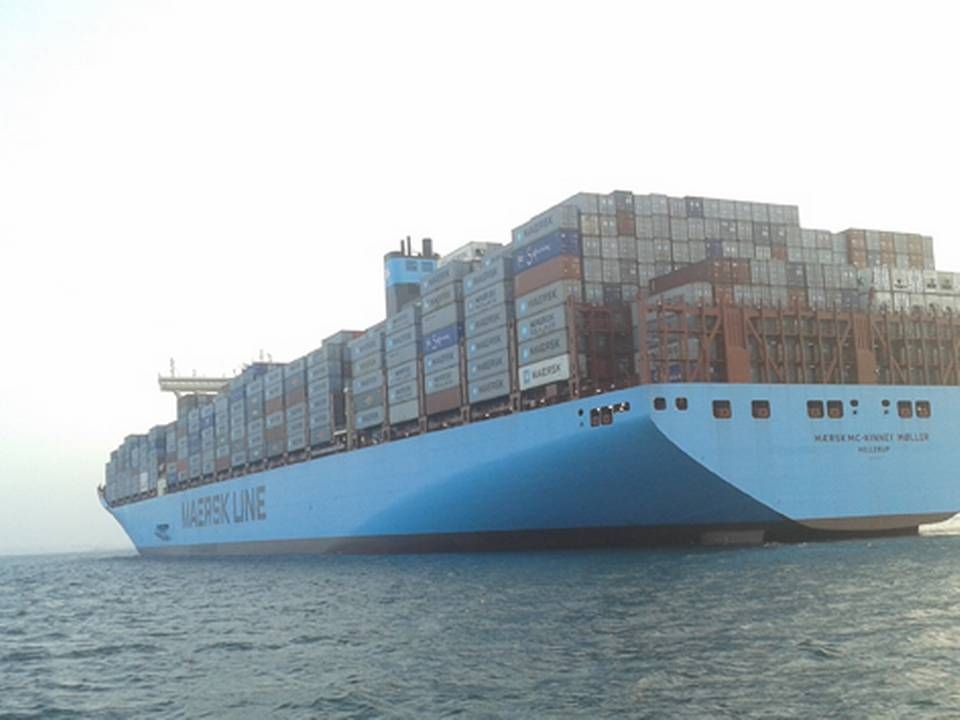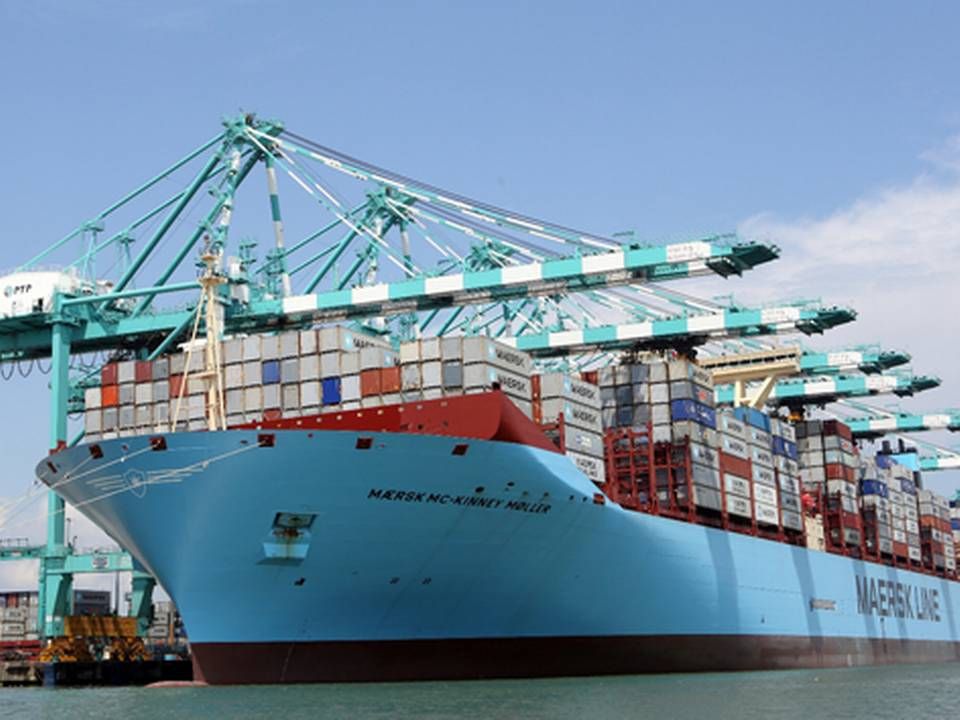Maersk Line closing weak routes

If the customers arent't willing to pay, they won't be served. Those are the stern words of Maersk Line's CEO in Singapore, Thomas Riber Knudsen, who has already closed the first few - and important - routes. For instance, Maersk Line shut down its dedicated service between the US West Coast and Australia/New Zealand in the first six months of this year, and the carrier has also closed its services to Tahiti.
"We have to look at the profitability. It's no longer just about having a bigger market share. So we have to tell the customers who won't pay for quality and the price of having a reliable service, that we won't offer the service anymore," says Thomas Riber Knudsen in an interview with ShippingWatch, following the Maersk Group's financial report for the first half of 2013.
Not service at any cost
In addition to services in the Pacific region, Maersk Line has closed smaller local services where the business simply hasn't been big enough or in places where the carrier has been spending too many resources on keeping the services running.
"This is something we'll continue to do. We'll no longer be servicing all customers at any cost," says Thomas Riber Knudsen.
Maersk Line's important regional business has generally been profitable in the first half of the year, just as the financial report for the whole group was suprisingly positive when it was presented on Friday last week. Especially some of the new markets, such as Vietnam, Cambodia, and Myanmar have shown solid growth rates even though the markets remain somewhat small. Vietnam is showing the most positive development, and Cambodia has kept up nicely, in lieu of the problems that have plagued the textile industry in Bangladesh. On the other hand, Indonesia, which was named as the market with the largest potential for growth a few years ago, wound up disappointing Maersk Line.
Indonesia disappoints
"Indonesia was a disappointment, as the growth in imports and exports slowed down considerably. This was caused by, among other things, political legislation that put a halt to the trade, and this might be related to the coming elections. For instance, the country introduced tight restrictions on the import of beef from Australia," says Thomas Riber Knudsen.
The slowdown of the Indonesian market led to negative growth on the major market in the first half of the year, a market that was otherwise expected to take over part of China's role as the region's growth engine.
According to Thomas Riber Knudsen, Maersk Line Asia/Pacific has more or less maintained its market share, even though it came under pressure both regionally and locally. Besides Indonesia, this also includes the Australian market, as the Australian dollar decreased significantly compared to the US dollar, which has led to a decline in the country's import.
"We can feel the decline of the Australian dollar, but we hope it'll lead to a rise in exports instead," he says.
SeaIntel: P3 alliance will be immensely strong
Smedegaard outlines the new Maersk
Related articles
Maersk Line increases expectations for 2013
For subscribers





















